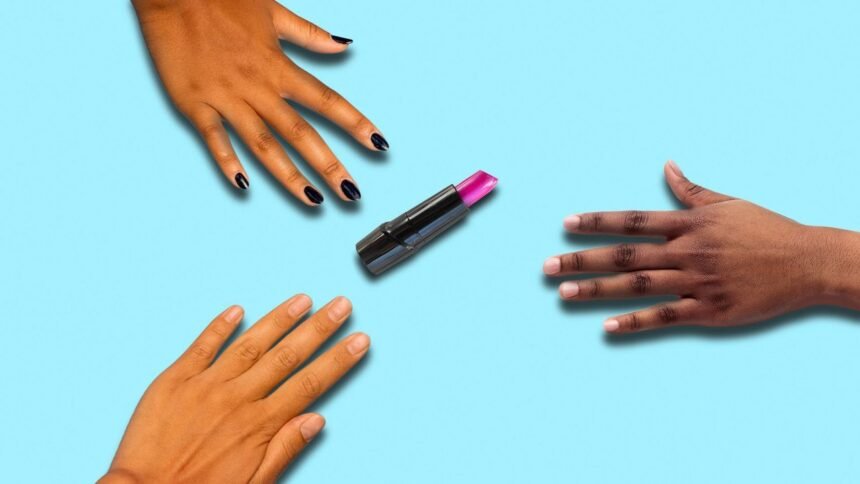Latinas have been largely left out of designing and developing beauty products despite their role in fueling the industry’s growth.
Why it matters: Cosmetics, skincare, haircare, and fragrance products rake in about $400 billion worldwide a year, and are expected to have a revenue of $580 billion by 2027.
- Hispanic buyers represent 16% of all dollars spent in the industry in the U.S., and their spending has been growing fast, according to NielsenIQ data.
- But people who’ve worked decades in the industry tell Axios Latino that while brands have transformed in the last five years to serve Latinas as consumers, they are still massively underrepresented in the business of beauty.
State of play: The nonprofit Latinas in Beauty launched last week with the goal of getting more representation in retail shelves, brands’ boardrooms, product development and marketing plans.
- They’re planning educational programs, networking events and mentorships, and ways to connect Latina-focused brands with funding or supply chain manufacturers.
- Eventually the plan is to also run an accelerator program with certification options and to host a directory of hireable Latina professionals, says the group’s co-founder and executive director, Emily Perez.
The nonprofit started off by releasing a “pledge for equity” for creative professionals, influencers and business leaders across the beauty industry to promise to support “sharing resources, finances, retail shelf space, and allyship.”
- Selena Gomez’ brand Rare Beauty, professionals including Rea Ann Silva of Beautyblender fame — both among the few Latina owners of major cosmetics companies — and retailers such as Ulta Beauty have already signed on.
What they’re saying: “We want to change the make-up of the makeup industry, pun intended,” says Margarita Arriagada, founder of lipstick brand Valdé and a former exec at Sephora who is now the secretary of Latinas in Beauty.
- “We want to move the needle fast because we’re so underrepresented on boards and on shelves, yet we over-consume … so the opportunity to pave the way for more of us is lucrative and it’s powerful,” adds Arriagada.
Zoom in: Perez says that even as parts of the industry have diversified — for example, with more brands offering wider shade ranges — many changes are still skin-deep.
- “For starters, we don’t all look like the stereotypical Latina that is usually featured across ad campaigns, or like the sole Latina person chosen as a brand ambassador to a large conglomerate,” says Perez.
- That means a lot of the brands and companies “are not really getting down into the data of who their consumer really is,” when developing a product or looking to market it, she adds, using the example that haircare needs will be different if a potential customer is Dominican American than if they are Mexican American.
- Having more Latina voices in all branches of the industry, to serve as sounding boards and focus groups, can make a big difference, Perez says.
What we’re watching: There’s little data about Latinas’ role in aspects like supply chains and product development, Arrigada says.
- “We’re going to drive getting those statistics, especially so we can really measure the improvement,” she says.
Subscribe to Axios Latino to get vital news about U.S. Latinos and Latin America.











